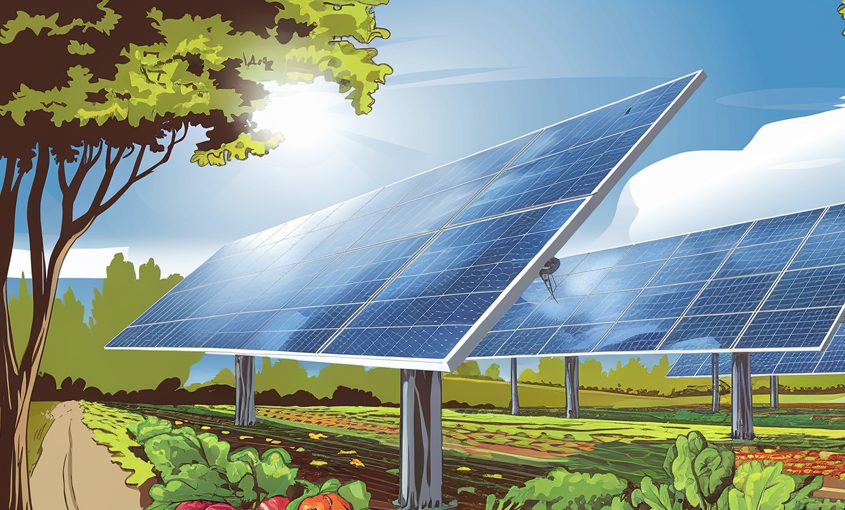A recent Cornell University study highlights the tension between agricultural land use and renewable energy goals in New York, where solar energy is anticipated to contribute significantly to the state’s target of 70% renewable energy by 2030. The study reveals that approximately 84% of land identified for solar development is agricultural, with around 40% of utility-scale solar installations already on such lands. Notably, farmers expressed greater opposition to large-scale solar developments compared to non-farmers, raising concerns about losing productive farmland and the potential decreased viability of farming. Despite some farmers fearing an “exit strategy” through land leasing for solar panels, there is also optimism as additional income could support those wishing to remain in agriculture.
The concept of agrivoltaics—co-locating solar arrays with agricultural practices—has emerged as a viable solution to balance energy generation and farming interests. The Cornell Agrivoltaics Research Program indicates that smaller-scale farms may benefit from this dual income approach, particularly for farms on less productive soils. Successful examples from the field, such as the Hudson Valley Farmhouse Cider, illustrate the potential of agrivoltaics to enable ongoing crop production alongside solar installations. Enhanced cooling effects on solar panels and the economic feasibility of such systems are essential for broader adoption, emphasizing the need for continued research and policy support to align renewable energy goals with agricultural sustainability.

